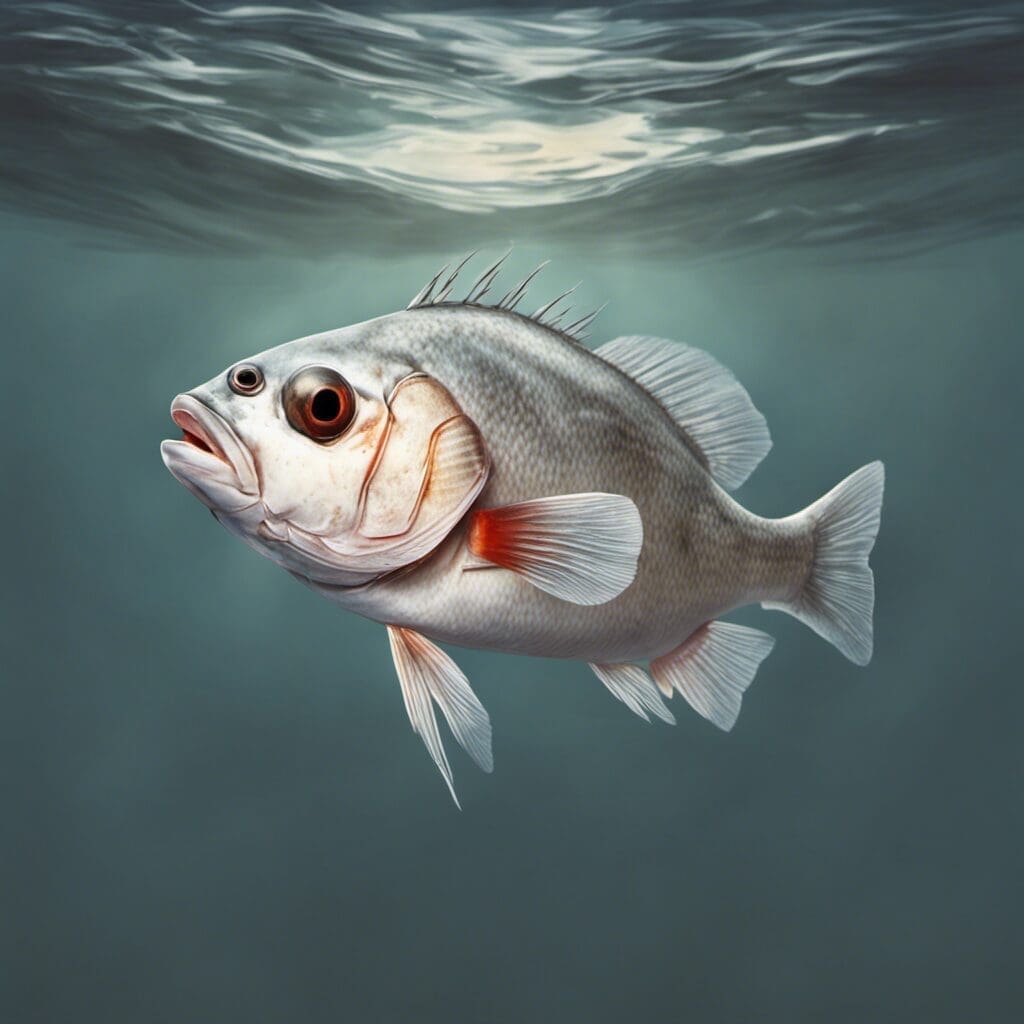Introduction
Pearl Perch, scientifically known as Glaucosoma scapulare, belongs to Glaucosomatidae family. This species is widely valued for its taste and is popular among both commercial and recreational fishing communities.
Conservation Status
Currently, the conservation status of Pearl Perch is listed as ‘Least Concern’. This is due to their widespread distribution and relatively stable population size. Active conservation efforts are in place in several regions to maintain healthy population levels and protect their natural habitats.
Statistics
| Parameter | Average | Range |
|---|---|---|
| Length | 70 cm | 50-100 cm |
| Weight | 5 kg | 1-10 kg |
| Average Lifespan | 12 years | — |
Distribution
Pearl Perch are predominantly found along the east coast of Australia, from southern Queensland to Eastern Victoria. They are known to migrate offshore to deeper waters during colder months.
Habitat
Preferring warmer waters, Pearl Perch inhabit depths from 30 to 90 meters. They are often found in reef environments with water temperatures ranging from 20 to 26 degrees Celsius.
When and Where to See
Pearl Perch can be observed in greater numbers during the summer months. Early morning and late afternoon are usually the best times of day to spot them.
Best Fishing Locations
Top Locations
- Wide Bay, Queensland
- Gold Coast, Queensland
- Sydney Offshore, New South Wales
- Port Phillip, Victoria
General Tips
To find Pearl Perch, look for hard and rocky bottoms, preferably near reefs. Listening to local fishing reports and consulting with local fishermen can provide insights into their current locations.
How to Catch
Pearl Perch are most attracted to live baits such as squid and pilchards, but are known to take lures as well. Bottom fishing is the most effective method. Fishing is best during times of high tide, particularly in the early morning and late afternoon.
Identification Guide
Pearl Perch bear a silver-grey body with a slight golden or pearly sheen, hence the name. They are noted for their large mouth and long, pointed pectoral fins.
Culinary Use
Pearl Perch has a mild, sweet flavor and firm texture, making it ideal for grilling, pan-searing or oven-baking. It is a good source of lean protein and Omega-3 fats. Various recipes are available online, catering to a wide range of preferences.
Additional Information
Pearl Perch are predatory and feed mainly on other fish and crustaceans. Human-induced threats include overfishing and habitat destruction due to coastal development. Historically, Pearl Perch have been important to local communities, featured in folklore as a symbol of abundance and prosperity.
References and Further Reading
- Aussie Ponds & Aquariums
- Department of Agriculture and Fisheries, Queensland
- Australian Government, Fisheries

